Results
-
 £75.00
£75.00Cotswold Dances 1. Seven Springs (Concert Band - Score and Parts) - Lane, Philip - Noble, Paul
The program notes are included for each of the five movements: 1.The first movement refers to the source of the River Thames, with its rippling accompaniment figures. 2.Badminton House is a picture of the world-famous Horse Trials, with an archaic touch here and there to point to the House itself. 3. Pittville Park is the largest open space in Cheltenham, England, with Gustav Holst's birthplace at one end and the famous Pump Room at the other. The composer remembers childhood walks there and varying degrees of catching newts and the like in the central lake. 4. Cleeve Hill is the highest point in the Cotswold chain, just reaching a thousand feet above sea level at one point, making it, officially, a mountain, albeit a gentle one. Nevertheless, the extremes of weather through the seasons are reflected here, with an ominous note or two suggesting Belas Knap, an ancient burial ground sited nearby. 5. The final movement takes the traditional Gloucestershire wassail song, heard at Christmas, and manipulates it through any number of filters and distortions. (Note: Some harp parts are doubled, some are more essential. If no harp, the part can be played either by electronic keyboard or piano.)
Estimated dispatch 7-14 working days
-
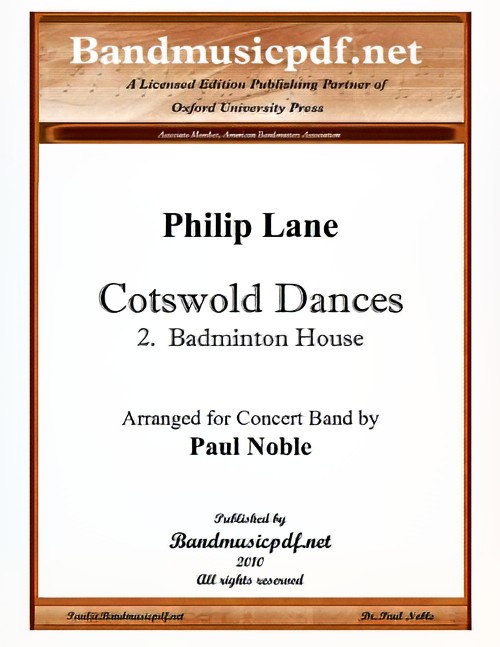 £75.00
£75.00Cotswold Dances 2. Badminton House (Concert Band - Score and Parts) - Lane, Philip - Noble, Paul
The program notes are included for each of the five movements: 1.The first movement refers to the source of the River Thames, with its rippling accompaniment figures. 2.Badminton House is a picture of the world-famous Horse Trials, with an archaic touch here and there to point to the House itself. 3. Pittville Park is the largest open space in Cheltenham, England, with Gustav Holst's birthplace at one end and the famous Pump Room at the other. The composer remembers childhood walks there and varying degrees of catching newts and the like in the central lake. 4. Cleeve Hill is the highest point in the Cotswold chain, just reaching a thousand feet above sea level at one point, making it, officially, a mountain, albeit a gentle one. Nevertheless, the extremes of weather through the seasons are reflected here, with an ominous note or two suggesting Belas Knap, an ancient burial ground sited nearby. 5. The final movement takes the traditional Gloucestershire wassail song, heard at Christmas, and manipulates it through any number of filters and distortions. (Note: Some harp parts are doubled, some are more essential. If no harp, the part can be played either by electronic keyboard or piano.)
Estimated dispatch 7-14 working days
-
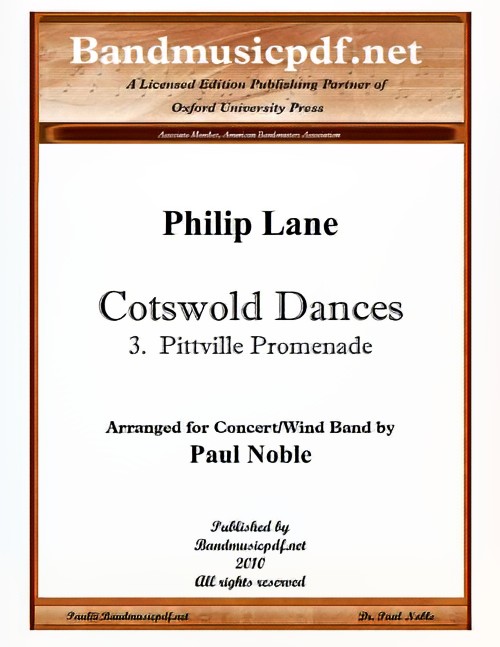 £75.00
£75.00Cotswold Dances 3. Pittville Promenade (Concert Band - Score and Parts) - Lane, Philip - Noble, Paul
The program notes are included for each of the five movements: 1.The first movement refers to the source of the River Thames, with its rippling accompaniment figures. 2.Badminton House is a picture of the world-famous Horse Trials, with an archaic touch here and there to point to the House itself. 3. Pittville Park is the largest open space in Cheltenham, England, with Gustav Holst's birthplace at one end and the famous Pump Room at the other. The composer remembers childhood walks there and varying degrees of catching newts and the like in the central lake. 4. Cleeve Hill is the highest point in the Cotswold chain, just reaching a thousand feet above sea level at one point, making it, officially, a mountain, albeit a gentle one. Nevertheless, the extremes of weather through the seasons are reflected here, with an ominous note or two suggesting Belas Knap, an ancient burial ground sited nearby. 5. The final movement takes the traditional Gloucestershire wassail song, heard at Christmas, and manipulates it through any number of filters and distortions. (Note: Some harp parts are doubled, some are more essential. If no harp, the part can be played either by electronic keyboard or piano.)
Estimated dispatch 7-14 working days
-
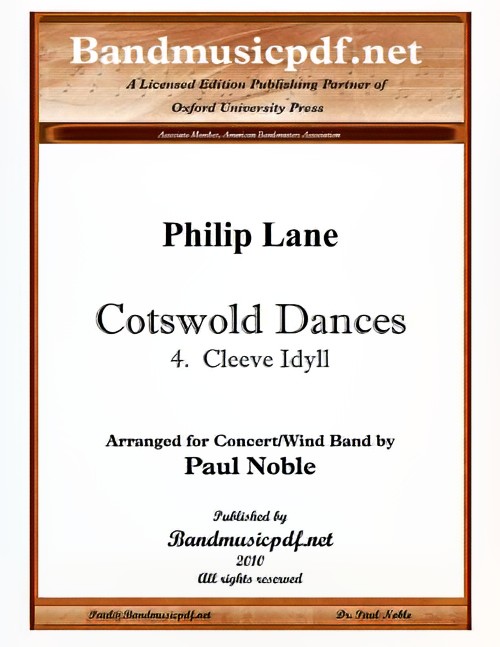 £75.00
£75.00Cotswold Dances 4. Cleve Idyll (Concert Band - Score and Parts) - Lane, Philip - Noble, Paul
The program notes are included for each of the five movements: 1.The first movement refers to the source of the River Thames, with its rippling accompaniment figures. 2.Badminton House is a picture of the world-famous Horse Trials, with an archaic touch here and there to point to the House itself. 3. Pittville Park is the largest open space in Cheltenham, England, with Gustav Holst's birthplace at one end and the famous Pump Room at the other. The composer remembers childhood walks there and varying degrees of catching newts and the like in the central lake. 4. Cleeve Hill is the highest point in the Cotswold chain, just reaching a thousand feet above sea level at one point, making it, officially, a mountain, albeit a gentle one. Nevertheless, the extremes of weather through the seasons are reflected here, with an ominous note or two suggesting Belas Knap, an ancient burial ground sited nearby. 5. The final movement takes the traditional Gloucestershire wassail song, heard at Christmas, and manipulates it through any number of filters and distortions. (Note: Some harp parts are doubled, some are more essential. If no harp, the part can be played either by electronic keyboard or piano.)
Estimated dispatch 7-14 working days
-
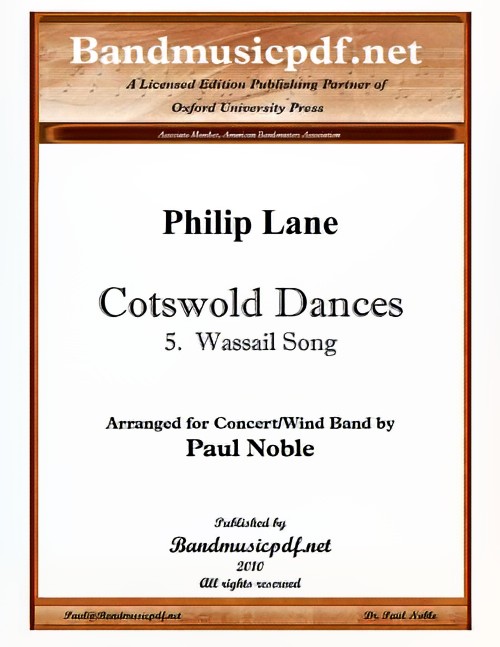 £75.00
£75.00Cotswold Dances 5. Wassail Song (Concert Band - Score and Parts) - Lane, Philip - Noble, Paul
The program notes are included for each of the five movements: 1.The first movement refers to the source of the River Thames, with its rippling accompaniment figures. 2.Badminton House is a picture of the world-famous Horse Trials, with an archaic touch here and there to point to the House itself. 3. Pittville Park is the largest open space in Cheltenham, England, with Gustav Holst's birthplace at one end and the famous Pump Room at the other. The composer remembers childhood walks there and varying degrees of catching newts and the like in the central lake. 4. Cleeve Hill is the highest point in the Cotswold chain, just reaching a thousand feet above sea level at one point, making it, officially, a mountain, albeit a gentle one. Nevertheless, the extremes of weather through the seasons are reflected here, with an ominous note or two suggesting Belas Knap, an ancient burial ground sited nearby. 5. The final movement takes the traditional Gloucestershire wassail song, heard at Christmas, and manipulates it through any number of filters and distortions. (Note: Some harp parts are doubled, some are more essential. If no harp, the part can be played either by electronic keyboard or piano.)
Estimated dispatch 7-14 working days
-
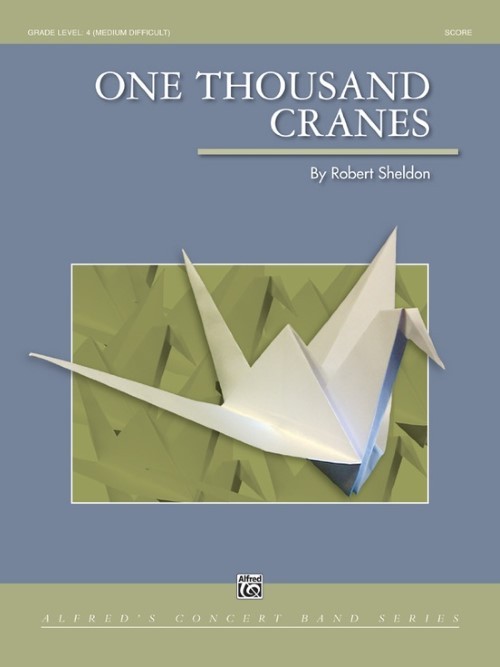 £77.50
£77.50One Thousand Cranes (Concert Band - Score and Parts) - Sheldon, Robert
An ancient Japanese legend promises that folding 1,000 origami cranes will make your wish come true. If those cranes are folded in honour of someone, it shows that person is held in high esteem.The composition is an elegy that begins with a four-note theme. This motive is used in various ways throughout the piece as a unifying factor. Although its initial appearance is somewhat haunting, the motive becomes quite comforting by the end of the piece. References to cranes in flight are frequent and the use of pentatonic scales and tam-tam provides a nod to the music of Japan.Duration: 6.45
Estimated dispatch 7-14 working days
-
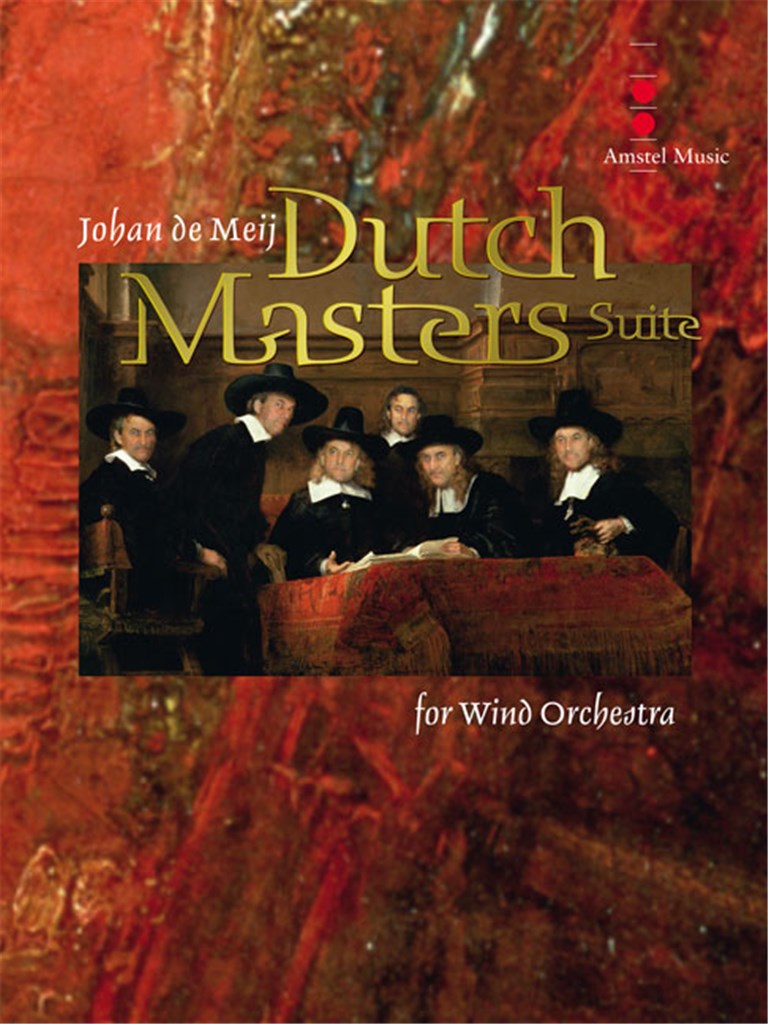 £242.00
£242.00Dutch Masters Suite (Concert Band - Score and Parts) - De Meij, Johan
For this exciting work Johan de Meij took his inspiration from Rembrandt's The Night Watch, Vermeer's Love Letter and Steen's Prinsjesdag. In the first movement the solo trombone keeps watch at night, whilst in the second movement lyrical lute music accompanies Vermeer's Love Letter. The third movement takes place in a tavern, where the drinking, singing and (increasingly inarticulate) music take place. An epilogue from the watchful trombone brings the piece to a peaceful end. This work by Johan de Meij was the set-piece for 2nd division concert bands at the 16th WMC in Kerkrade 2009. Duration: 21.00
Estimated dispatch 7-14 working days
-
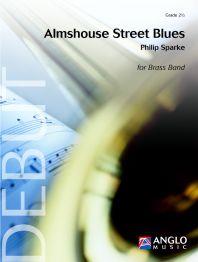 £99.99
£99.99Almshouse Street Blues (Concert Band - Score and Parts) - Sparke, Philip
In 2007 Philip Sparke was appointed composer-in-residence to Monmouth School, situated on the Welsh/English border. The school, which has a venerable history dating back to 1614, has a thriving music department which boasts two concert bands, in co-operation with the nearby Haberdashers' Monmouth School for Girls, and a brass band.This exciting and innovative appointment involved three visits by the composer during the year as well as the commissioning of a new piece for each of the bands, all of which were premiered in a concert at the end of the year.Almshouse Street Blues was written for the brass band, whose members were allowed to vote for which type of piece they would get! Monmouth School is based in Almshouse Street and the town has a thriving summer festival which, alongside blues bands, features a wide variety of music including jazz, soul, rock and bangra.Duration: 4.45
Estimated dispatch 7-14 working days
-
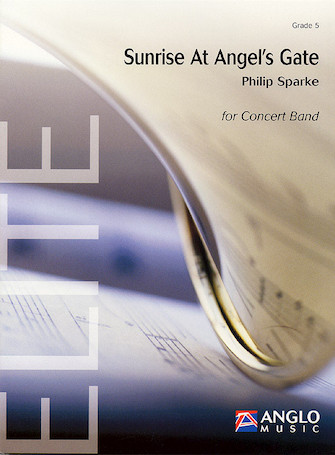 £191.99
£191.99Sunrise at Angel's Gate (Concert Band - Score and Parts) - Sparke, Philip
This piece depicts the refined beauty of the Grand Canyon at sunrise and sunset. These are the best times to view the Canyon with the sun low in the sky casting shadows that give depth and form to the vast panorama. Angel's Gate is one of the many named rock formations in the canyon. The composer has tried to depict the sights and sounds of dawn, birdsong in the early morning sky and the gradual revelation of the Canyon itself as sunlight reaches into its rocky depths.Towards the end of the piece, to the sound of a tolling bell, we are however reminded of the dangers that the beauty of the Grand Canyon so cleverly hides.Duration: 10:40
Estimated dispatch 7-14 working days
-
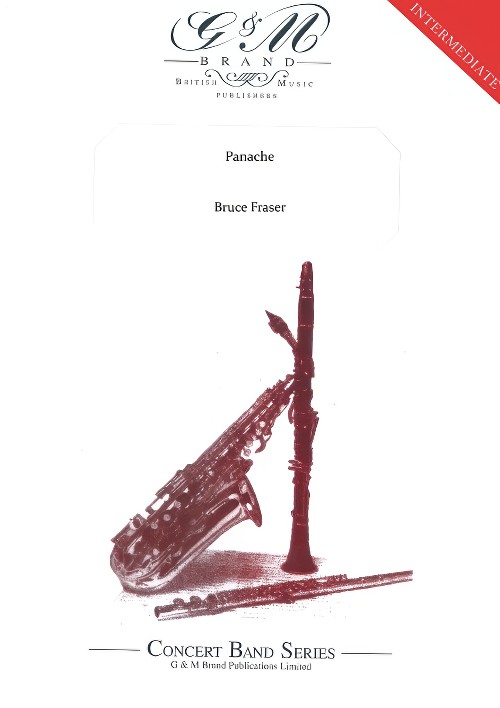 £84.95
£84.95Panache (Concert Band - Score and Parts) - Fraser, Bruce
The work has a military feel in the opening fanfare, but settles down to an angular melody with frequent changes in time signature. The middle section should be played expressively and maintain a good flow. The speed of the Allegro is most likely to be determined by the agility of the trombone section in the unison running quavers. There is the possibility of adding extra drummers near the end - a drum corps was used behind the Band in the first performance making a stunning effect.
Estimated dispatch 7-14 working days
